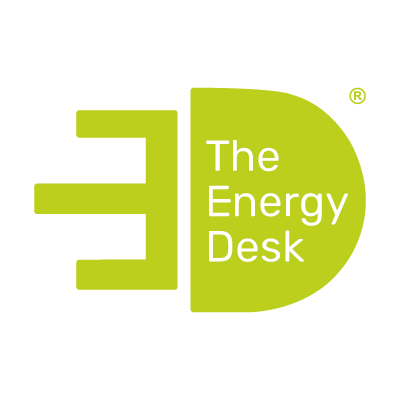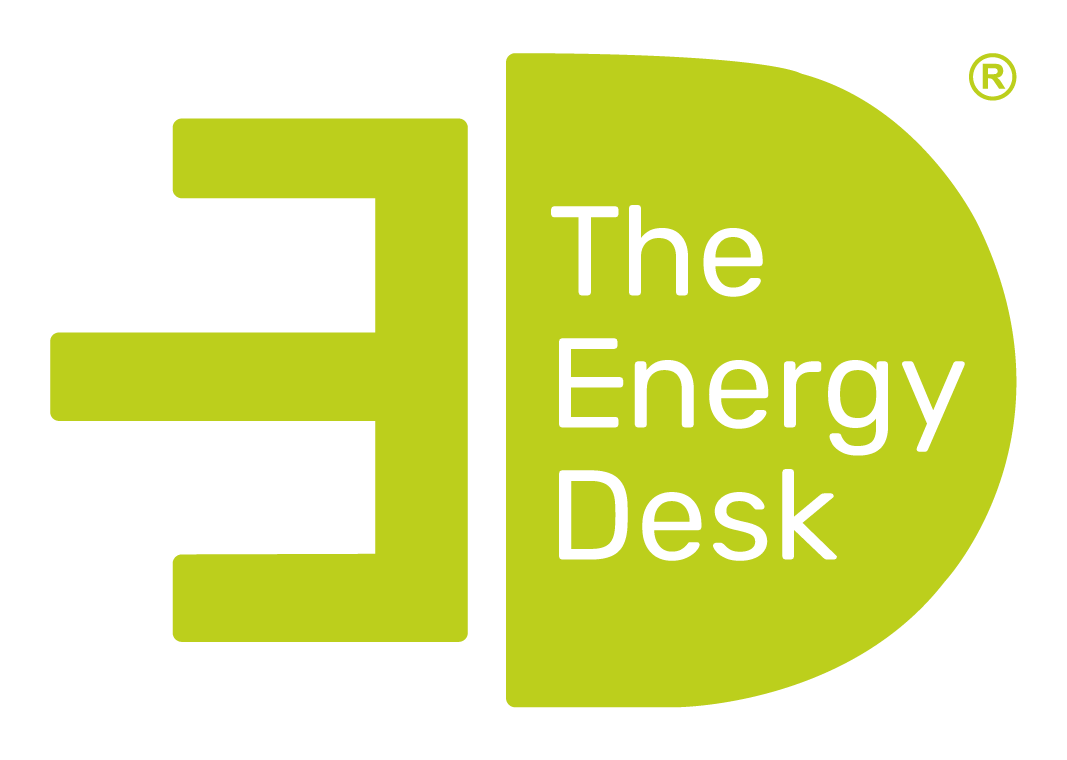Global warming is one of the most pressing concerns in recent years and many people are taking steps to reduce their carbon emissions and impact on the environment. The Climate Change Act in 2008 saw the UK commit to an 80% reduction in carbon emissions by 2050. In 2019 this target was updated to meet a newer, stricter goal, with the government committing to almost zero greenhouse gas emissions by 2050.
There are many different ways for businesses and individuals to contribute to this goal, including eating less meat, choosing plastic packaging alternatives, flying on airplanes press frequently and choosing energy efficient means of power. These include renewable energy sources like solar power or ground source heat pumps, and energy efficient processes like a combined heat and power system. Also known as CHP systems, this method of power is highly efficient and has many benefits for both users and the environment.
2050 may feel like a long way off, but the sooner we make these changes the better, for both the planet and future generations. If you’d like to know more about combined heat and power systems and their many benefits, read on for our handy guide.
What is a combined heat and power system?
Also known as a CHP system, a combined heat and power system is a highly efficient power plant that makes use of the heat generated by the electricity generation process. These systems generate heat and power simultaneously, removing the need for a separate boiler and power station.
CHP systems can run on many different fuels, including fossil fuels like gas and oil, as well as renewable fuel sources.
How does a CHP system work?
As discussed, combined heat and power systems make use of the heat energy generated by electricity production. Traditional power plants are designed to generate electricity, but their methods are actually not very efficient. These plants burn fossil fuels (such as oil, coal or natural gas) in a giant furnace to create great amounts of heat. This heat then boils water to make steam, which drives a turbine. The turbine then drives a generator, which is what produces our electricity.
Traditional plants vs CHP
The issue with this traditional method is that enormous amounts of energy are wasted at every stage, including huge amounts of heat. The water that’s heated to drive the turbines then needs to be cooled down using giant cooling towers, but this lets all the useful heat escape into thin air.
By contrast, a CHP plant captures the heat that would usually be wasted and uses it to heat local homes and commercial businesses instead. The process is also called cogeneration, which simply means that electricity and heat are generated at the same time. Combined heat and power plants are most efficient when they’re located close by to the buildings they’re serving, as the hot water and electricity has less distance to travel.
Components and methods
The main components of a CHP system are a prime mover/heat engine, generator, heat recovery unit, and electrical wires and interconnectors. The prime mover can be a gas turbine, steam turbine or internal combustion turbine, depending on which fuel is being used. Two different methods can be used to generate heat and electricity at the same time. The first involves burning fuel in the heat engine to produce electricity. The excess heat energy produced is then collected in the heat recovery unit and transformed into useful thermal energy to heat nearby homes or offices.
The second method burns fuel to heat a furnace or power another industrial process. Again, the excess heat is then collected in the heat recovery unit and used to produce electricity.
The benefits
CHP systems offer a range of both environmental and operational benefits, and your business could make significant savings on energy bills too. We will discuss some of the main benefits in more detail, below.
Highly efficient
Traditional power plants have an efficiency of around 50%, and as discussed above, significant amounts of energy are wasted during the process. By contrast, a CHP plant has an efficiency of around 80% or more.
Save money on energy bills
Adopters of CHP systems typically save around 20% on energy bills, and up to 40% on their electricity. There are also government grants and initiatives available to help businesses adopt more environmentally friendly energy methods, so you could receive funding to reduce your costs even further.
Reduce carbon emissions
Carbon dioxide emissions are one of the largest contributors towards climate change, so it’s essential that we take steps to try and reduce them. A combined heat and power system can reduce carbon emissions by around 30%. These systems can also run on renewable energy sources and burning less fossil fuels reduces water and air pollution in the surrounding areas.
Operational benefits
Combined heat and power systems are available with a choice of multiple tools and different fuel options, so you can choose the model that’s best suited to your business. It’s also possible to switch between fuel types if necessary, giving your business added protection against high fuel prices.
Increased fuel supply security
CHP systems are able to run on a variety of different fuels, including oil, gas, coal and biomass. This gives users added fuel supply security, as there’s less risk of one particular fuel running out. They’re also able to operate in an ‘off grid’ mode to supplement larger energy demands, for increased energy security.
New building benefits
Commercial new builds and businesses in the UK are subject to the Climate Change Levy; a tax on energy delivered to non-domestic users. Combined heat and power systems are highly energy efficient, so they can be used in community energy schemes to help with planning applications and consent. In most cases, permission for a new build is more likely to be granted if there are proven commitments in place to help reduce carbon emissions.
Combined heat and power systems from the experts at The Energy Desk
If you’re looking for a CHP system for your business, get in touch with the professionals at The Energy Desk. Our knowledgeable team can help you select the right system for you and you could reduce your energy costs by up to 40%. CHP systems are recognised worldwide as one of the most efficient ways for businesses to cut down on their energy costs and improve the environmental credentials of their company.
We offer both gas and oil/LPG combined heat and power systems and we can recommend the best fully managed system to suit your consumption needs. We want to make sure that all businesses can benefit from an acceptable payback period on CHP technology, which is why our specialists always work on an individual, case by case basis to ensure you’re getting the best deal. For more information about how your company could benefit from a CHP combined heat and power system, or to find out more about our additional commercial energy services, don’t hesitate to contact us today.

